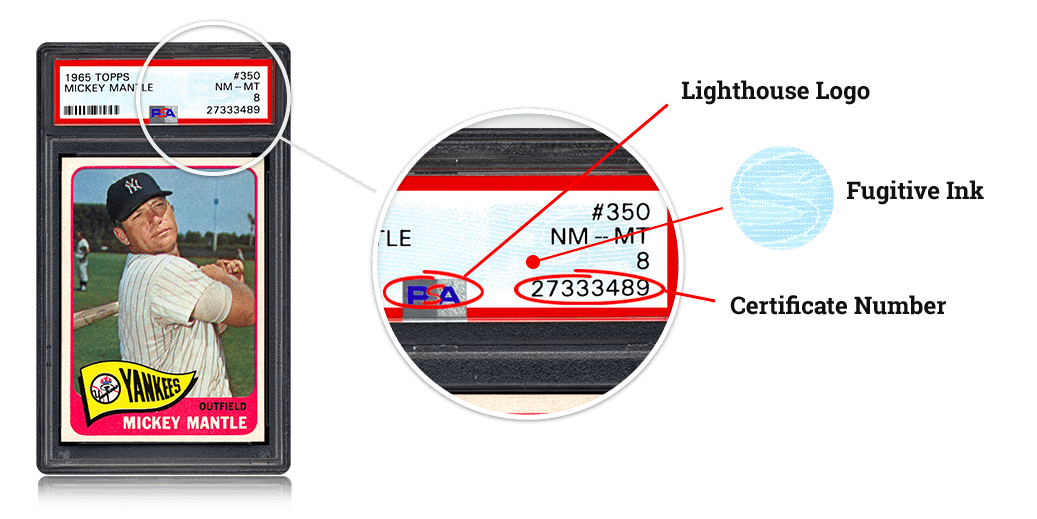Affiliate Disclosure: This post contains affiliate links. As I am part of the eBay Partner Network and other affiliate programs, if you follow these links and make a purchase, I will receive a commission. Likewise, as an Amazon Associate I earn from qualifying purchases.
POP is short for “population,” and is used to reference the scarcity of graded cards or how many there are in existence. Therefore, a POP 1 PSA 10 card would mean it’s the only PSA 10 in existence. A POP count of 18 would mean there are 18 that have been graded, and so on.
You are watching: What Does POP or “Pop 1” Mean in Sports Cards?
Thus, “low pop” means low population, and is a term used when a card is scarce in terms of that particular issue and grade.
Whoa, right?
Yes, cards are not just cards anymore. Cards are questions. Here is an example.
Let’s say you open a pack of cards and pull something of value—perhaps a 2020 Topps Chrome Luis Robert Pink Refractor RC. Nice!
Now, “in the old days” you’d probably be content putting that puppy into your holder of choice and then stored for safekeeping, or selling, or trading as the raw card that it was.
But today, no no. Everyone would tell you to go the extra step! (Sometimes it you should grade your cards, other times you shouldn’t, but just remember—your card, your choice, and that’s all that should matter.)
If you did go the grading route, now you have a new hurdle—with which grading company do you go? PSA, BGS, SGC?
Read More: Most Expensive Graded Cards
Read more : The six most valuable US postal stamps that sell for up to $203
Either way, as you can see…things can get complicated quickly—and we aren’t even to POP yet!
So let’s say you get your card graded or are thinking about getting your card graded, or, have scrapped the idea altogether and perhaps want to just purchase an already-graded card. Fine. Again, your hobby, your choice.
Here is how you would go about checking populations.
How to check POP Counts
The process is going to be different with every service, but at least among PSA and BGS, the data is available with a few clicks.
PSA
For PSA, head to psacard.com/pop, and you’ll see a giant search bar. Start typing in the player and set of the card you’re researching.

From there, you’ll see your results begin to populate, and hopefully an exact match of the card in question:

Awesome, numbers! But what do they mean? In this particular case, the main numbers of the above translate to:
- Total cards graded: 78
- PSA 6: 1 card
- PSA 7: 1 card
- PSA 9: 13 cards
- PSA 10: 63 cards
Pretty straightforward, right?
On the flip side, if you are eye an already-graded card and know the certificate number, you can also search for that specific graded card in order to, one, help verify its authenticity, and two, check the POP.
Read More:
- How Hard is it to Get a PSA 10?
- Is PSA 9 Good?
- How to Read the PSA Pop Report
Read more : Frozen birthday party ideas
To do so, this time go to psacards.com/cert, and then enter the certificate number as shown here:

When you do so, you’ll see the following information, which matches up with the previous chart:

To explain further:
- Population is the total population of the card in that grade. So, in this example, 63 is the total population of PSA 10s.
- Population W/Qual means population of that card in that grade but with a qualifier (which includes “OC” for “off center” and others.
- Population Higher is the number of cards in a grade higher than the grade you’re currently reviewing. In this case, nothing is higher than a PSA 10, so “0” makes sense. That said, I also graded a George Valera Orange Mojo recently which was deemed to be a PSA 10. The “Population Higher” for this one is “2” meaning there are two PSA 10s that have been graded.
BGS
If you have a firm grasp on the above, the process for doing the same with BGS is similar!
Head to Beckett’s Pop Report (you may have to create an account/login) and enter your desired card’s information. Upon searching, you should see the card and its population displayed:

While Beckett follows a different grading scale than PSA, you can gather the same info from this chart as PSA’s above. Meaning, 17 cards graded in total, 14 as 9.5, and so on.
And yes, can search search for a specific card if you have the serial number. Just go here, enter the serial number, and off you go!
SGC
I won’t dedicate another entire section to SGC, but the process of looking up a particular card is similar.
Just go to gosgc.com/auth-code and input the graded card’s auth code. Once doing so, you’ll see the card details appear, along with buttons to “Load Set POP Report.” When clicked, you’ll see the table load each card in the given set and the different populations of each.
Read more: What is an SGC “A” Grade?
All in all, not too complicated, but in a sea of other acronyms and many questions, I can see how having to learn another can be confusing. Good luck!
Source: https://antiquewolrd.com
Categories: Stamps

